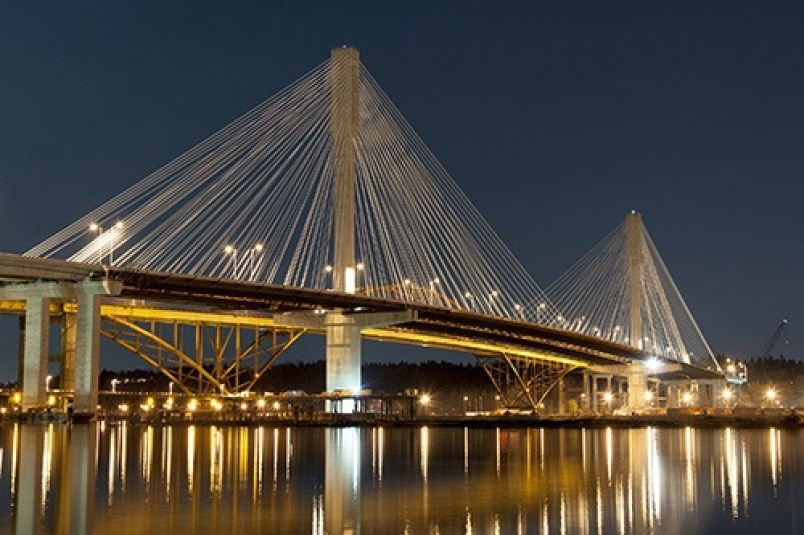The NDP provincial government said it was an equity issue that prompted it to remove bridge tolls beginning Sept. 1.
That may very well be, but when it comes to fairness, there is a lot more to transportation policy than simply following through on election campaign promises.
And soon, we may have more equity then we bargained for when some form of mobility pricing is introduced to help generate more revenue to pay for major infrastructure, such as a new Pattullo bridge, Surrey light rail and a Broadway subway.
A commission is looking into mobility pricing that could see a range of fees implemented to see everyone pay their “fair” share for roads, transit and other transportation infrastructure. It could be a form of distance charge plus other fees that would ensure that TransLink’s revenue is more directly tied to consumption rather than property taxes.
In the future, mobility pricing could also discourage single-use occupancy, gas-powered vehicles, and encourage trucks to use roads in off-peak hours, for example, while also encouraging more transit use, car-sharing and cycling.
While it’s a relief for many — especially those who live south of the Fraser River — that the tolls are being removed from the Golden Ears and Port Mann bridges, the relief will be short-term because mobility pricing is coming. When and how it is introduced, and to what purpose. will be important for consumers, many of whom distrust TransLink and the Mayors' Council, whose sales tax hike was roundly opposed in a referendum.
Tacking on new fees will have everyone in an uproar unless the traveling public can see some personal benefit. And while the broader goal of eliminating reliance on fossil fuels and reducing greenhouse gas emissions will sell well to some people, those who need a car for work will be less impressed.
The Mayors' Council will have to move deftly in its introduction of mobility pricing and will have to show clearly what it is trying to accomplish.
It's arguable that bridge tolls are a ham-handed way of paying for infrastructure but but at least it's one the public understands.



